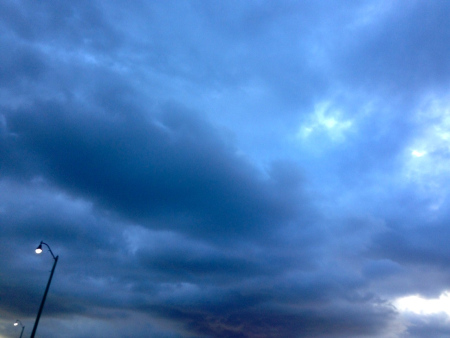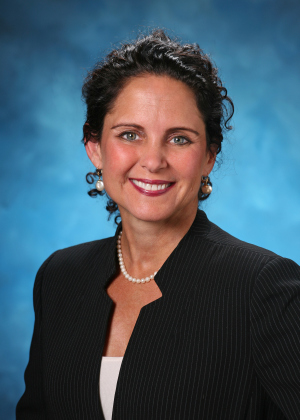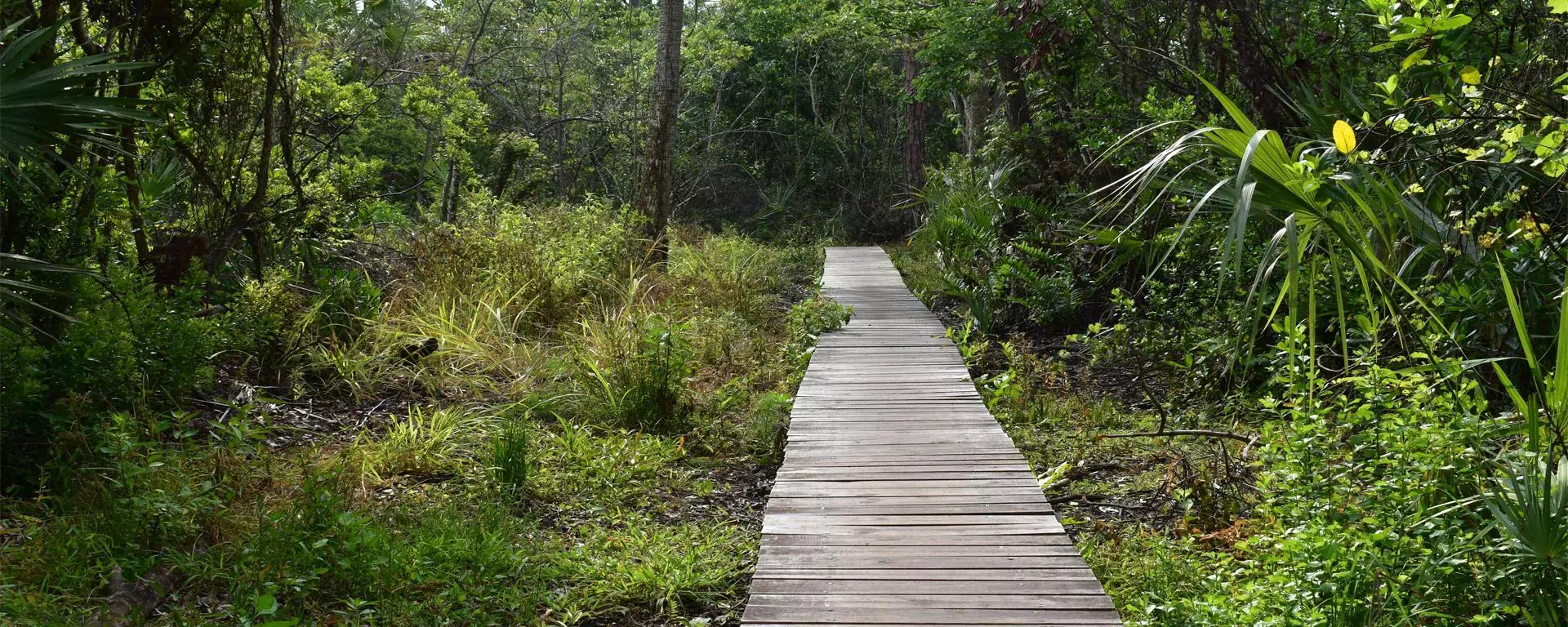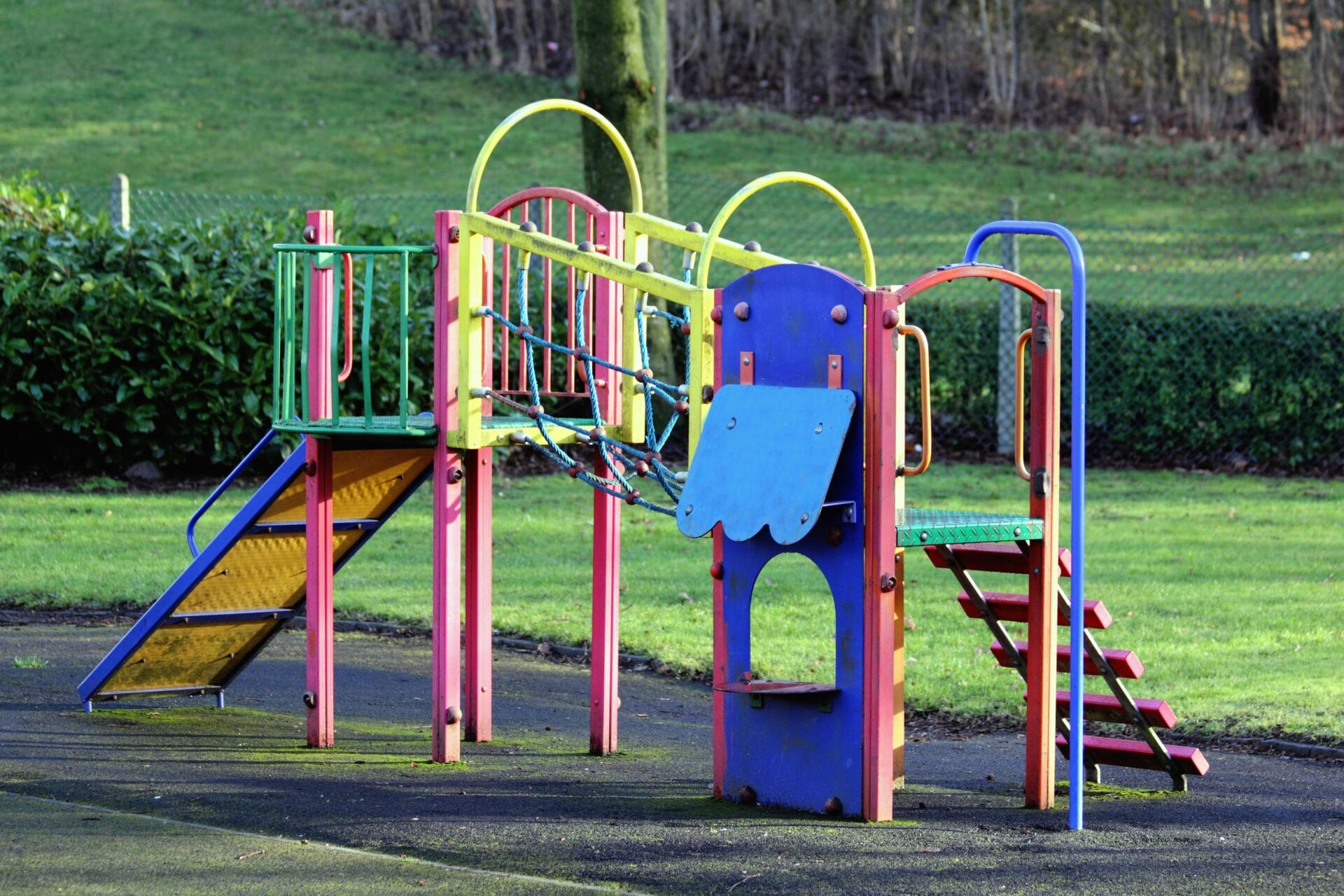Storms of the River, the Timeless Words of Ernest F. Lyons, SLR/IRL
Storm forming over the Indian River Lagoon around sunset, North Sewall’s Point. (Photo JTL 8-11-15.)

Late yesterday afternoon, I walked the Ernest Lyons Bridge between Sewall’s Point and Hutchinson Island. There was a storm in the west–way off in the distance over Palm City perhaps. In what seemed like minutes the storm had flattened and stretched out over the St Lucie River and Indian River Lagoon. It was upon me.
For a moment I was scared. There was lightning in the near distance. Cold rain pelted down. The winds generated tremendous power and the birds flying back to Bird Island were caught in place suspended like mobiles.
I started running, not something I do ever anymore….
After stopping and starting, and taking photos….. 🙂 I got safely to the other side.
I had ‘made it.” I felt invigorated. It’s good to be aware of your smallness against nature every once in a while….
Today I will share “Reflections on Reflections on a Jungle River” written by famed environmentalist and “Stuart News” editor Ernest Lyons. The work is transcribed by my mother, historian Sandra Henderson Thurlow. I think Ernie’s essay “captures the storm better than I ever could…although he is writing about the St Lucie or Loxahatchee, the sister Indian River seems just the same…

Reflection on Reflections on a Jungle River
by Ernest Lyons (https://www.flpress.com/node/63)
Transcribed from My Florida
Drifting on the surface of a Florida jungle river, like the South Fork of the St. Lucie or the Northwest Branch of the Loxahatchee, I experience the feeling that nothing is ordinary, nothing is commonplace.
The onyx surface of the water reflects in perfect color the images of the bushy headed cabbage palms, the moss draped live-oaks and cypresses along the banks.
Cascading clumps of wild asters and a fragile white spider-lily are mirrored on the smooth blank film. I drift in my rowboat on top of an image of scenery. There is probably, a natural law which some logically minded egghead can recite to explain how a color image can be reflected on the face of a river, but please don’t quote it. I would rather marvel.
What has happened to awe? Where has wonder gone? I suspect that too much has been “explained” by the ignorant to the stupid. Modern man’s greatest loss of spirit may be that he has ceased to be amazed at the wonders all around him.
Looking up from the tunnel of trees one sees more intimately the blue sky and white clouds. Why blue? Why white? Why are the palm fronds that glittering green? Why is that crimson color on the air plant’s flowering spikes? I glance at the molten sun above the palm trees. Just a glance. What frailty is in us that we can not ever look the sun in the eye? I remember a snatch of Alfred Noyes’ poem to the sun: “My light upon the far, faint planets that attend me…whose flowers watch me with adoring eyes…”
A flower can do what a man cannot; it can look the sun in the eye. Mighty Ra to whom the ancient Egyptians built temples on the banks of the Nile. The Sun God who controlled the seasons, the droughts and the floods. We smile at the fantasies of the Pharaohs and have replaced them with plain, old ordinary sun among millions like it sending out radiation as it burns nuclear fuel. But it still does what Ra did — and sunlight remains as great a mystery now as then.
The river on which I drift begins in that distant flaming sphere pouring our rays of light that suck mists from the sea to make clouds in the sky.
So simple a process. There’s really nothing to it. Just done with light. All of the rivers and all of the clouds all over the world are children of a star. The sun is their father, the sea is their mother and they are born and reborn again so long as the light shines on the waters. We yawn at continuing creation. It is all explainable, if you just have a logical mind. I’m glad I don’t.


I would make a good Druid. I believe in magic and in miracles, in mysteries and wonders, and that trees, mountains, rivers, even clouds and certain secret places have personalities. I like storms. I enjoy watching the maneuvering of giant thunderheads, edging around each other, moving in closer, muttering and grumbling and threatening, coming together and destroying each other with furies of wind, crashes of lighting and deluges of rain.
They remind me of the ponderous movements of great governments coming in on each other toward a war which everyone wants to avoid —until caught in the thick of it, when all must make the best of it. One is a storm of mist, the other a storm of belief —and the second is the least tangible and the most destructive. The sun makes one from water; we from the other from thoughts and beliefs. As we believe, they are shaped. What a power for good or evil is the human mind, making its own storms, malignant and benign.
Storms up the river remind me of creatures that sneak up and pounce. You hear them muttering, you see them coming, you figure they are going to miss you—and there is a time when you could do something about avoiding them. Then there is a point of no return. You are definitely caught, can do nothing to escape. There is no place to go.
You look at the bright side. You are glad you are not in a small boat at sea. You are going to get wet, but you are not going to be drowned. You are, after all, a land creature, and having shielding trees and firm land close by is relatively comforting. How human it is that, our first thought about the threat of nuclear storms is that perhaps—just perhaps, but hopefully—we may burrow into the earth and escape.
Hauled under a leaning palm, I endure the storm, but it finds me out and soaks me to the skin. And it is gone. Nothing is so completely gone as a storm that has passed or Druids or Pharaohs or empires in which people have stopped believing.
There are trickles and rivulets and creeklets coming into the river, making it whole again, flowing to the sea to be warmed once more by the sun and made into clouds to fill the river again.
What is light? I glance at incandescent Ra, but dare not look him in the eye. “You wet me good,” I say, “Now warm me up.”

 About Jacqui Thurlow-Lippisch:
About Jacqui Thurlow-Lippisch:
Although born at Travis Air Base, California, Jacqui considers herself a native of Stuart, Florida, having moved there at eight months old. Her father’s family, originally from Syracuse, New York, has lived in Stuart since 1952. Her mother is a 5th generation Floridian from Gainesville. Jacqui is a Daughter of the American Revolution.
Jacqui is journalism graduate of the University of Florida, and an education master’s graduate of the University of West Florida. She went on to teach English and German and later after a serious accident of breaking her neck, started selling real estate. Later, she ran for public office having served on the Town of Sewall’s Point Commission since 2008, and is former mayor. During this time she saw the opportunity to help showcase the work of a locally formed river group, the River Kidz, and this has been her passion ever. She incorporates youth/river education into her political work for the St Lucie River/Indian River Lagoon.
Jacqui is the treasurer/secretary of the Treasure Coast Regional Planning Council; has chaired the Florida League of Cities Environmental and Energy Committee; was chair, and a six year member of the Treasure Coast Council of Local Governments; is an alternate for the Water Resources Advisory Commission for the South Florida Water Management District; and is a board member for Harbor Branch Oceanographic Institute Foundation, in St Lucie County. She also serves as a board member (ex-officio) for the Rivers Coalition Defense Fund, and is head administrator for her beloved River Kidz, now a division of the Rivers Coalition.
Jacqui’s reach involves not only local, but state and federal government. In 2013, she served on Senator Joe Negron’s panel for the Select Senate Hearing on the Indian River Lagoon and Lake Okeechobee. In 2014, she actively supported the elections of both Senator Joe Negron and Congressman Patrick Murphy who have both been strong supporters of Indian River Lagoon issues. In 2015, she is part of the Florida League Cities Treasure Coast Advocacy team to influence and educate Tallahassee. Jacqui received the Everglades Coalition’s 2015 “John V. Kabler Award” for “Grassroots Activism” working to organize and educate the public, generating grassroots support for Everglades restoration.
– See more at: (https://evergladescoalition.org/awards-kabler.html#sthash.lt7eGpIp.dpuf)






